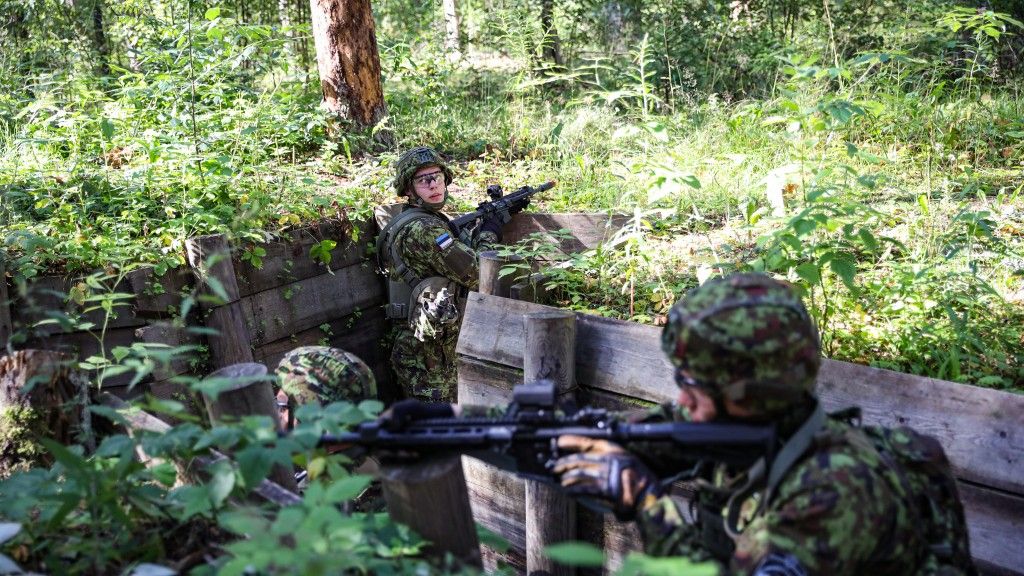Defence Policy
Estonian MP: Mines, Fortifications, Munitions Manufacturing

Photo. Sõdurileht/Facebook
Estonia should establish minefields close to the border, and create fortifications, Deputy Head of the Estonian Parliamentary Defence Committee, Leo Kunnas, claimed. According to Kunnas, Estonia shall also withdraw from the Ottawa convention that bans the anti-personnel mines, and it needs to launch manufacturing of explosives.
Being interviewed by the ERR outlet, Kunnas also considered it necessary to replenish the weapons stockpiles, following the donations for Ukraine. He said that since Estonia has donated major quantities of anti-tank mines to Ukraine, the stockpile needs to be replenished in that domain. He also added that more explosives, artillery shells, and munitions should be acquired. Kunnas is convinced that anti-personnel and anti-tank mines are required to protect the border. Another necessary step would be for all the Baltic states, and Poland, to withdraw from the Ottawa Convention (Anti-Personnel Landmines Convention).
He referred to the United States that is not a Party to the aforesaid treaty, also recalling a conversation with the US Ambassador who stated that the US could not join the said convention due to the situation in the Korean Peninsula and the US soldiers stationed there, who, without anti-personnel mines, would be unable to defend themselves should North Korea launch an attack. Kunnas said that the defensive depth in the Baltic States is less significant than in South Korea.
He said that the barriers should also include concrete anti-armour obstacles, along with anti-tank, and anti-personnel mines. He added that the assets deployed in proper locations should also be protected.
The Estonian official said that Estonia should launch manufacturing of military-grade explosives that could be used to manufacture anti-tank, and anti-personnel mines, mortar bombs, and artillery munitions.
The manufacturing capacity bears a major relevance, given the huge demand. Domestic manufacturing of explosives would allow Estonia to treat the establishment of defensive infrastructure seriously. Thanks to such a system, explosive demolition of key bridges may be planned in advance, and a proper stockpile of physical barriers may be created, ready for rapid deployment and preventing potential conflict escalation.
Kunnas said that the establishment of fixed concrete fortifications at key locations may also be possible. He pointed out that means as such are employed by both sides of the Ukrainian conflict. The war in Ukraine has shown that despite the fact that satellites and drones observe the area with a 1-meter resolution, Kunnas said, the fortified structures are still a challenge to destroy.
The border protection efforts are to be discussed by the Presidents of the Baltic States this week.
Poland has been meeting the provisions of the Ottawa Convention on the ban on the use, storage, manufacturing, and delivery of anti-personnel mines since 1998 (before it signed the Convention in 2012). The anti-personnel mines were withdrawn from the inventory in 2009, and in 2015 the stockpile was neutralized. The Convention’s goal is to eliminate collateral damage that may be caused by the mines as such. So far it was ratified or signed by 164 states.
